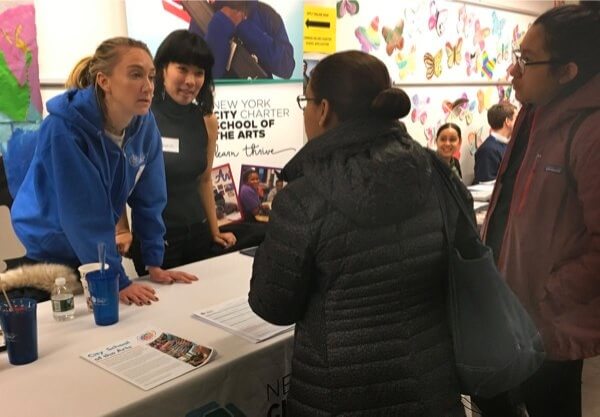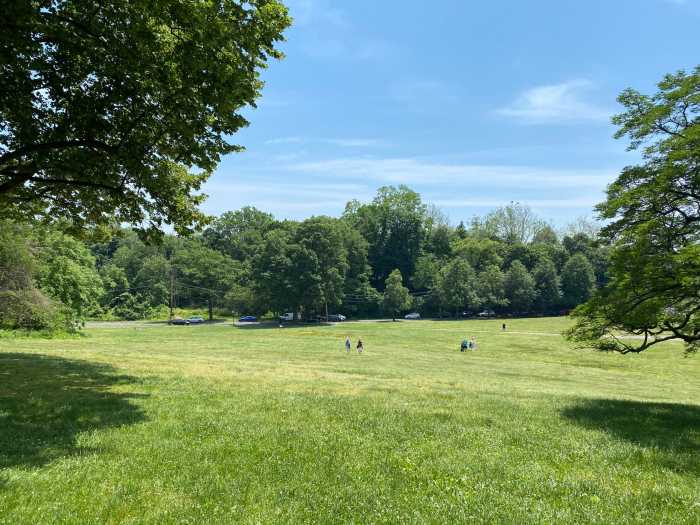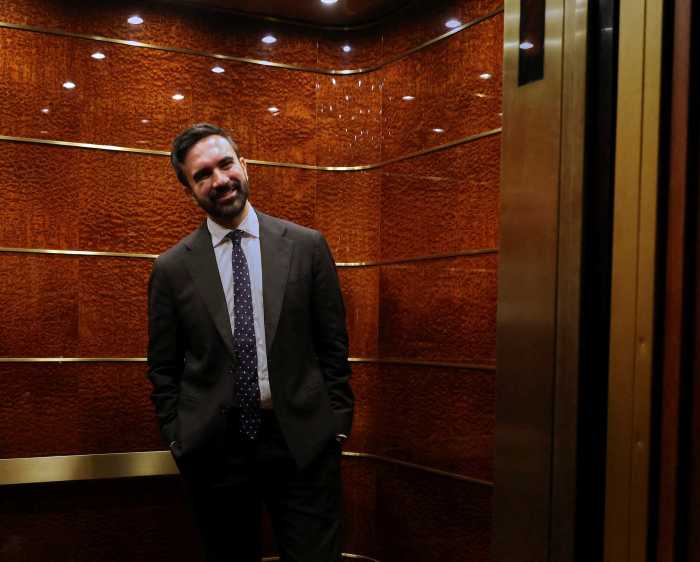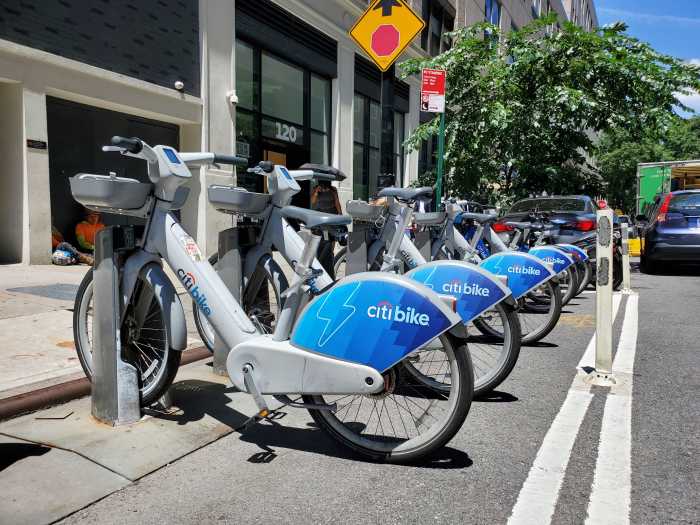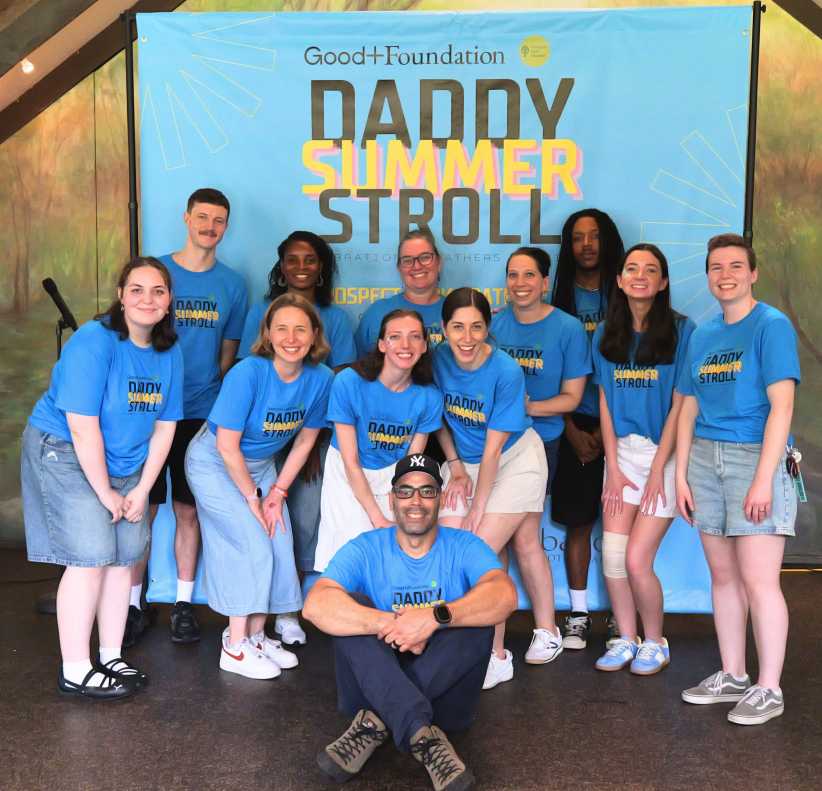By Naeisha Rose
Despite frigid temperatures and a snowfall, 400 parents and students went to the first-ever Charter Middle and High School Fair Saturday, which featured two Queens’ charter schools among the 40 at the event held at 555 Broome St. in Manhattan.
New Visions Charter High Schools located at 156-10 Baisley Blvd. in South Jamaica and Growing Up Green Middle School at 36-49 11th St. in Long Island City had representatives on site at Broome St. Academy Charter High School to speak with parents about enlisting their children in junior high or high school for the 2018-2019 school year, according to Mitch Schwartz, the spokesman for the New York City Charter School Center.
The fair comes a month after the charter school system in New York City launched the Common Online Charter School Application, which has already drawn 2,500 applications for the 20 charters located in Queens, according to Schwartz. The four-hour event Saturday produced 250 applications for the 40 charters that attended.
Charter schools are growing in popularity in the borough and currently have 9,000 students enrolled and 6,310 on waitlists, he said.
Overall, there are 227 charters across the five boroughs, 114,000 students enrolled in them and 47,800 on waitlists, according to data on nycch
The event came at a perfect time for charters.
Three months ago the state Dept. of Education released data that showed charter school students outperformed their district school peers on statewide exams in both English Language Arts and math for grades three to eight in the 2016-2017 school year.
Charter students scored 48.2 percent in proficiency on ELA tests, while public school students had 40.6 percent proficiency scores. This is a 7.6 percent difference in skill. The gap in math scores was even wider. Charter students had a 51.7 percent proficiency score in the subject and district students had a 37.8 percent score. That is a 13.9 percent disparity.
In the city, charters improved scores by 5.2 percent in ELA exams, from 43 percent to 48.2 percent. In terms of math, city charter schools improved by 3 percent over last year, from 48.7 percent to 51.7 percent in 2017.
Approximately 76 percent of students in charter schools are from economically disadvantaged families, 17 percent are in special education programs, 54 percent are black minorities and 38 percent are Hispanic as seen on data at nycch
Some of the key differences between public and charter schools are public schools are obligated to take children within the borders of their districts, whereas charter schools target gifted or high-risk students, and fill vacancies through a lottery system, according to cente
Another difference is that charter schools are only beholden to rules of the state where they are located and the organization or person running it, whereas public schools, financed on the local, state and federal level, are subject to scrutiny by school boards or boards of education. Charter schools can receive tax dollars and the organization running them can use private funding, too.
“Charter schools offer an important educational option for many families,” said CEO James Merriman of the New York City Charter School Center. “This event helps parents and students learn more about the many charter middle and high schools in their neighborhoods, ensuring they can find a great public school that meets their needs.”
Reach reporter Naeisha Rose by e-mail at nrose

